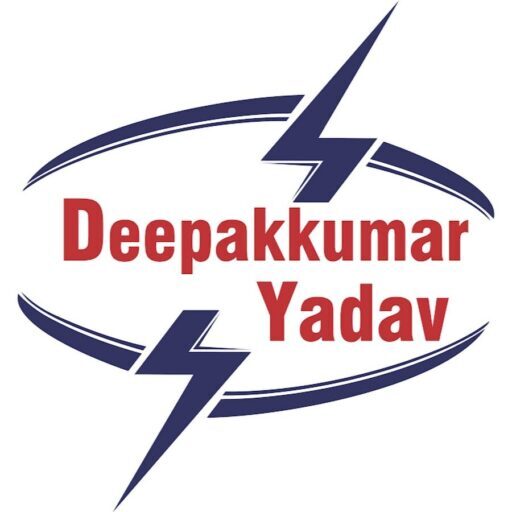Practical Dual Converter
Q. Dual Converter
Q. What is the use of dual converter?
Q. What is dual convertor?
Q. Single phase Dual converter
- If the firing angles of the two converters we controlled such that α1 + α2
= 180o 2and both the converters same average terminal voltage, which will be equal to operate simultaneously, then they will produce the the average dc load terminal voltage. - One converter will be in the rectification mode and the other in the inversion mode.
- However in the “Non Ideal Dual Converter,” practical each converter produces a ripple voltage. These ripple voltages at the outputs of the two converters are mostly out of phase In this way even though the average output voltages of the two converters are equal, their instantaneous values are nonequal.
- Due to this fact when the outputs of the two converters are connected together the instantaneous voltage difference at the terminals of the two converters will produce a large circulating current between the two converters.
- This current will not flow through the load. It is necessary to control this circulating current by some means to protect the SCRs connected in the converter circuits.
Two methods that are commonly used to control the circulating current are
Operation without circulating current (Non Circulating Current Mode) :
In this mode of operation the flow of circulating current is not allowed at all by operating only one converter at a time. In this mode the converter which is operating will carry the entire load current. The other converter is temporary blocked (firing pulses are not applied to it)
Operation with circulating current (Circulating Current Mode) :
In this mode of operation the magnitude of circulating current is controlled below a safe value. This is achieved by connecting a circulating current reactor between the output terminals of the two converters as shown in Figure.

